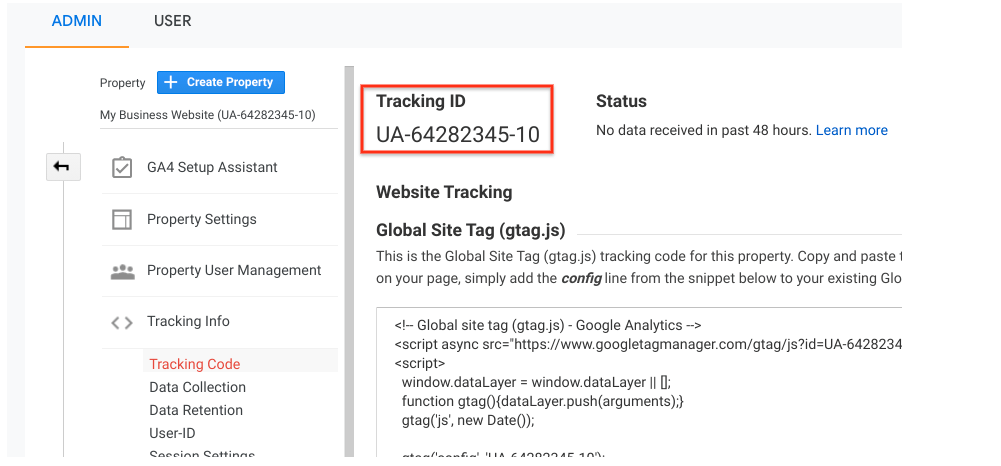Comprehensive Guide: What Data Does Google Analytics Prohibit Collecting?
Comprehensive Guide: What Data Does Google Analytics Prohibit Collecting?
Blog Article
Grasping the Art of Conquering Information Collection Limitations in Google Analytics for Better Decision-Making
In the world of digital analytics, the capability to remove purposeful insights from data is paramount for informed decision-making. By utilizing sophisticated strategies and strategic methods, organizations can elevate their information top quality, unlock concealed insights, and lead the means for more efficient and enlightened decisions.
Data Top Quality Evaluation
Data high quality analysis entails assessing numerous facets such as accuracy, completeness, uniformity, and timeliness of the information. One key aspect to think about is data accuracy, which refers to exactly how well the data shows the true values of the metrics being determined.
Efficiency of data is an additional crucial variable in assessing information top quality. Consistency checks are also crucial in data high quality evaluation to recognize any inconsistencies or abnormalities within the data set. By focusing on information quality assessment in Google Analytics, companies can improve the reliability of their analytics records and make even more informed decisions based on exact insights.
Advanced Monitoring Techniques
Making use of advanced tracking techniques in Google Analytics can considerably improve the deepness and granularity of information accumulated for even more comprehensive analysis and insights. One such method is event monitoring, which permits the tracking of particular communications on a website, like clicks on switches, downloads of files, or video sights. By applying event monitoring, organizations can get a much deeper understanding of individual behavior and engagement with their on-line material.
Additionally, personalized measurements and metrics offer a way to customize Google Analytics to particular business demands. Customized measurements allow for the creation of new data points, such as individual functions or consumer sectors, while personalized metrics enable the tracking of unique performance indicators, like income per user or average order value.
Additionally, the usage of Google Tag Supervisor can streamline the execution of tracking codes and tags throughout a site, making it easier to take care of and deploy innovative monitoring setups. By harnessing these innovative monitoring techniques, services can unlock valuable understandings and enhance their online methods for better decision-making.
Customized Dimension Implementation
To boost the deepness of data collected in Google Analytics beyond innovative monitoring strategies like event monitoring, companies can carry out customized measurements for even more customized insights. Custom-made dimensions allow businesses to specify and accumulate specific data points that relate to their unique objectives and purposes (What Data Does Google Analytics Prohibit Collecting?). By designating custom dimensions to different elements on an internet site, such as customer communications, demographics, or session information, services can obtain a more granular understanding of how individuals engage with their online residential properties

Attribution Modeling Methods
Effective attribution modeling is vital for comprehending the effect of different advertising channels on conversion courses. By utilizing the appropriate attribution design, businesses can properly connect conversions to the ideal touchpoints along the client trip. One usual acknowledgment version is the Last Interaction model, which provides debt for a conversion to the last touchpoint an individual interacted with prior to converting. While this design is simple and straightforward to implement, it frequently oversimplifies the consumer trip, neglecting the impact of various other touchpoints that added to the conversion.

Data Testing Avoidance
When handling huge quantities of information in Google Analytics, conquering information sampling is vital to make certain precise insights are acquired for informed decision-making. Information tasting takes place when Google Analytics approximates patterns in information as opposed to examining the total dataset, potentially resulting in skewed results. To stay clear of information sampling, one effective approach is to reduce the date range being analyzed. By concentrating on much shorter amount of time, the likelihood of encountering tasted data decreases, offering a more exact representation of user actions. Furthermore, making use of Google Analytics 360, the premium variation of the platform, can help alleviate sampling as it enables higher data limits before sampling starts. Executing filters to tighten down the data being assessed can likewise aid in staying clear of tasting concerns. By taking these positive steps to minimize information sampling, organizations can draw out more precise understandings from Google Analytics, causing much better decision-making and improved total performance.
Verdict
In conclusion, grasping the art of getting over data collection restrictions in Google Analytics his comment is here is vital for making informed decisions. By carrying out a detailed data high quality analysis, applying innovative tracking techniques, making use of custom dimensions, employing attribution modeling methods, and preventing information tasting, services can make certain that they have exact and reliable data to base their decisions on. This will ultimately cause a lot more reliable methods and much better end results for the company.

Report this page